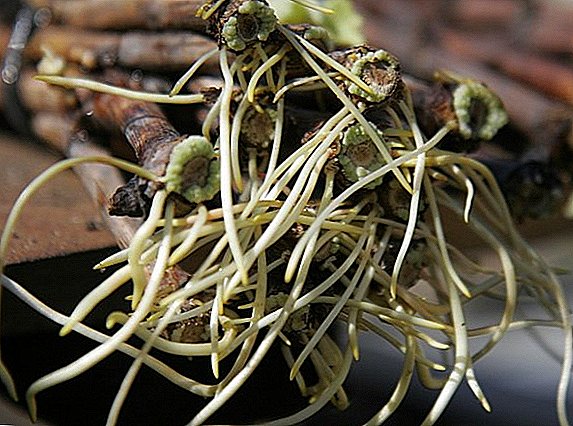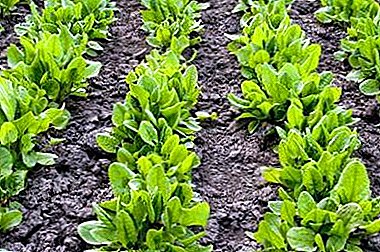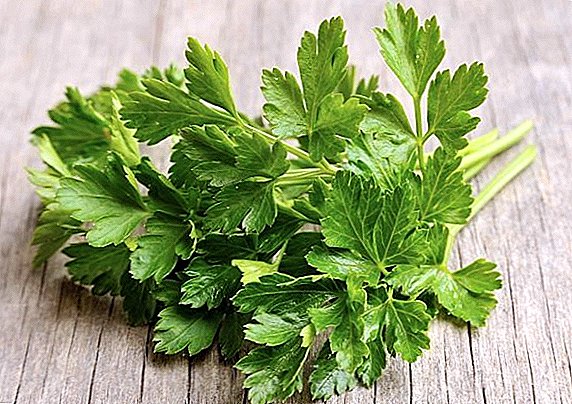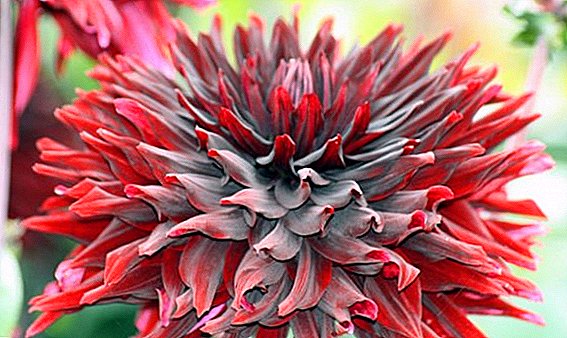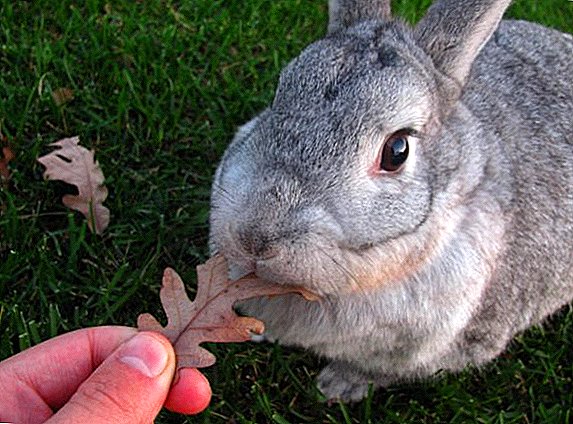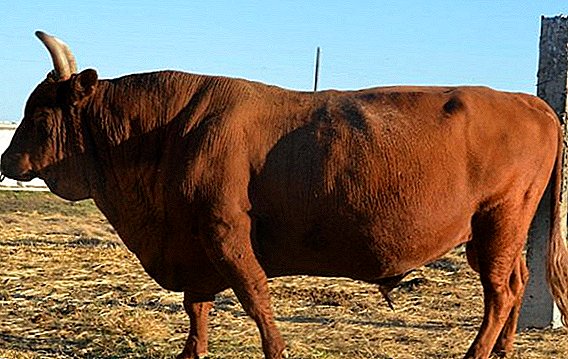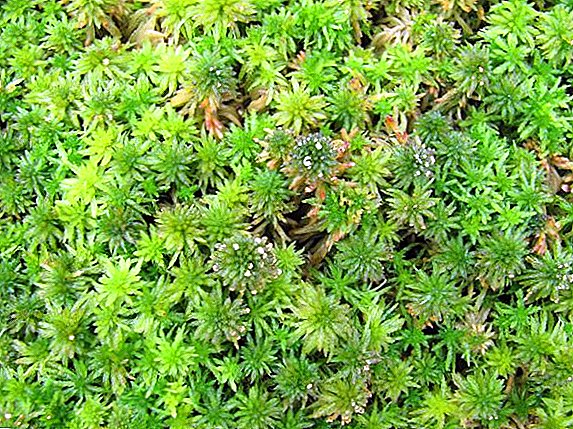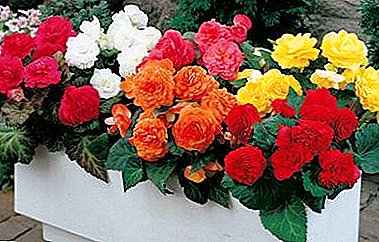
Begonias are found in flowerbeds of squares and central streets, on the dacha plots. There are many hybrid varieties of begonias that are grown in pots, used for landscaping plots. There are varieties that bloom all year round, there are also annual species.
Begonias are a great decoration for the dacha. Large bright flowers bloom until other plants are just starting to wake up. In this article you will find everything you need about the care, reproduction and treatment of these wonderful flowers.
Can I plant on the street?
On the street in the open field bred tuberous (one-year) begonia. It is obtained from tubers and seeds. Rhizomes are planted in summer beds. At the end of the autumn transplanted in vases and kept indoors. Begonia is grown in pots for the purpose of decorating balconies, flower beds (you can learn about how to grow, water and care for begonia so that it blooms longer, you can find here). When the weather worsens, they enter the house. It has been empirically proven: it is better to choose begonia varieties adapted to our climatic conditions.
- Features planting begonias in the pot. Why is it so important to choose the right capacity?
- What are the rules of care for a flower in a pot, what does begonia need?
- How to take care of begonia at home after purchase?
Kinds
As a result of selection, many hybrids were obtained. Three types of begonias are used in landscape design:
- Tuber.
- Ampere.
- Ever-blooming.
Tuberous begonias differ in long flowering - from the beginning of July to the end of November. Dicate flowers. Plant height is 30 cm. Features:
- Fleshy tuber.
- Diameter of flowers is from 6 to 21 cm.
- Durable stem.
- Terry, semi-double and smooth inflorescences that look like carnations, anemones, camellias, roses.
Tuberous begonias have a scarlet, bright red, pale pink, white, yellow color.
Amper cultivars are grown on stands or in hanging pots. Bushy shoots of begonias reach 80 cm in length.
The ever flowering begonia includes a large number of varieties. Characteristics:
- Plant height about 15-20 cm.
- The leaves are small, oval and smooth. Coloring - from green to brownish.
- Unpretentious character.
Begonias of colorless varieties are used in landscape design. The color is varied - from white to bright red, purple hues. There are three types of garden begonias:
- tall varieties (Volumiya, Baby Wing, Lotto);
- sredneroslye (Bada Bing, Ambassador);
- undersized (Ray of light, Queen, Cocktail).
Photos of flowers
As the flowers look begonias in the garden, can be seen in the photo.




Outdoor planting
Planting flowers in the garden and caring for them in the open field require knowledge of the conditions necessary for the plant. Street begonia prefers shaded areas. With the onset of warm weather, the begonia is planted in open ground (usually in late May, early June). In the ground in the country put the purchased or independently grown from seed seedlings.
To begonias pleased with their beauty, you need to follow a number of rules:
- Prepare loose soil with a weak acid reaction.
- To carry out regular abundant watering. But it is impossible to re-moisten the soil, otherwise the root system will rot.
- In the fall, reduce watering.
- Before planting begonias dig individual holes, the distance of which depends on the size of the seedling. The scheme for dwarf varieties: 9-13 × 15 cm, for high 35 × 45 cm.
- The bottom of the escape is buried in the ground.
- After planting, ash is poured on the soil surface or humus.
- So that the seedlings are rooted and not frozen, they are sheltered for the first time at night.
Attention! Planting and caring for street tuberous begonia have nuances. In winter, plants require maintenance in the greenhouse.
How to save begonias in the winter at home, read here.
Caring for outdoor culture in the garden
Begonias, cultivated in the garden, require good care. Necessary measures:
- Watering.
- Fertilizer.
- Loosening the soil.
- Fight against diseases and pests.
- Weeding.
- Preparing for the winter.
Daily seedlings watered with warm water under the root (only in the morning or in the evening). In dry weather, moisturize more often. Do not allow the soil to dry out. After watering, the top layer of soil is loosened so that there is no stagnation of water.
Begonia in the period of growth and flowering requires the flow of nutrients. In the spring make a full range of mineral fertilizers. In the future, the plants are "fed" every 12-15 days with a mixture consisting of trace elements (always with potassium and phosphorus). For sale there are special fertilizers for begonias. How to water and how to feed the begonia, learn in our material, and here we talked about the general rules of fertilizer application.
Breeding
 Bred plants by dividing the tuber, vegetatively and seed. Seed propagates ever flowering and decorative leafy varieties. For successful breeding comply with a number of conditions:
Bred plants by dividing the tuber, vegetatively and seed. Seed propagates ever flowering and decorative leafy varieties. For successful breeding comply with a number of conditions:
- Air humidity.
- The temperature of the room (about + 20 degrees).
- Good light.
- Fresh air intake.
The optimal time for sowing is when the day increases and solar activity increases (end of February).
- For growing you need a tray for seedlings, land with a high content of peat, drainage.
- Seeds are spread evenly over moist soil. Powder on top is not necessary.
- Cover with plastic film or glass.
- Seedlings regularly moistened with a spray.
- Gradually remove the film from germination so that they get used to the sun. First leave for 15-20 minutes. Time is gradually increasing. After 2 weeks, the coating is removed.
- When the third true leaf appears, the seedlings swoop down - transplant one by one into small cups.
Attention! After 2 months, the seedlings dive again and transplanted into pots.
Diseases and pests
Plants can attack pests or diseases due to improper care. It is necessary to make regular inspection of flowers for the absence of diseases or parasites. Diseases provoke excessive watering, not suitable land, an unfortunate place to plant.
Begonias ruins:
- Mealy dew. Plants are covered with white bloom. Get rid of the disease will help drugs: Morestan, Rovral, Fundazol.
- Gray rot. Watery blots appear, turning into brown rotting wounds. Used for the treatment of fungicides or agents: Scor, Previkur, Ordan.
- Aphid. These insects are able to completely destroy the begonia landing. To combat the pest use insecticides: Phyto-farm, Decis, Actellik.
An excess of water in the soil provokes root rot. The disease spreads to the leaves - they curl and the stems begin to rot. The solution to the problem: removal of damaged areas and treatment with fungicide. Proper planting in the garden and competent care for him in the open field minimize the possibility of developing unpleasant diseases.
Combination with other plants
 Since the begonia is shade tolerant, it is placed on the street near the trees with a wide crown and tall shrubs. Garden begonia is ideal for creating flower arrangements. In the open field, it looks great with lawn grassy plants, decorative leafy crops and low-growing curb annuals:
Since the begonia is shade tolerant, it is placed on the street near the trees with a wide crown and tall shrubs. Garden begonia is ideal for creating flower arrangements. In the open field, it looks great with lawn grassy plants, decorative leafy crops and low-growing curb annuals:
- Lobularia.
- Iberis.
- Lobelia.
- Surfiniya.
- Alissumum
- Ageratum.
An excellent tandem is obtained when combining begonias with tsenirariyami, asters, lilies. The use of begonias in landscape design. Designers use garden begonia when decorating alpine gardens, decorating suburban areas. Plants are planted on rabatkah.
Important! Potted begonias give color to a green lawn.
Ampel varieties are suitable for decorating an altanok and arbors. Landscape architects decorate park beds and stony hills with begonias. Plants in the flowerpots decorate the entrance groups.
Begonias on the street can be grown, ensuring its proper care and protection from pests. These perennial plants have many subspecies - about 16 hundred varieties. Begonias develop in the form of vines, shrubs and dwarf shrubs.


